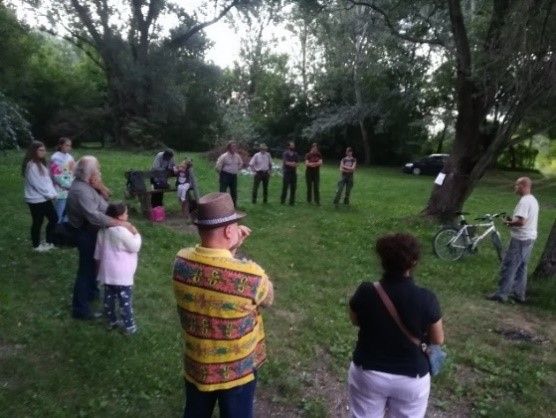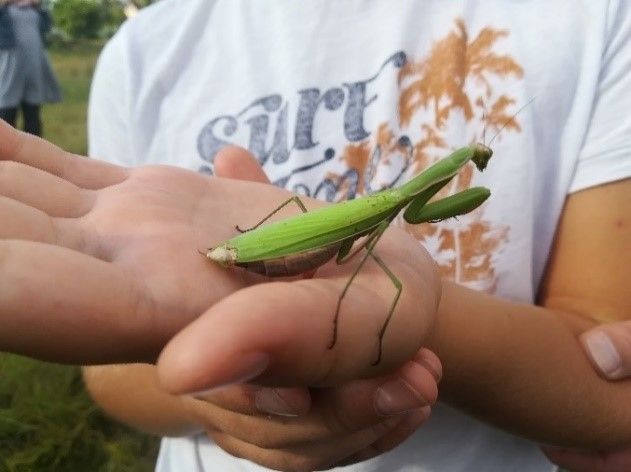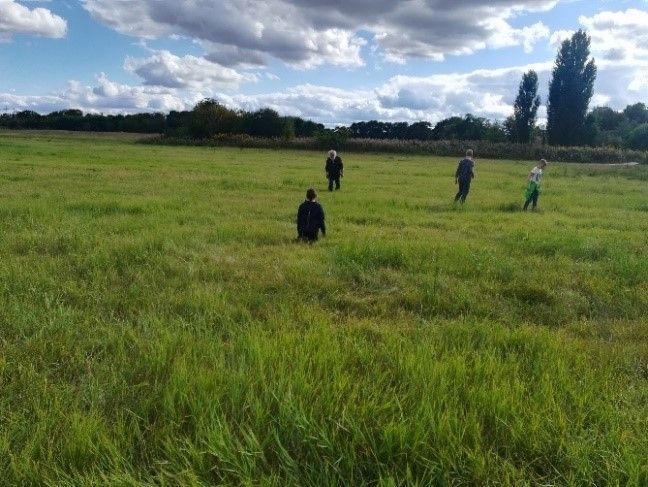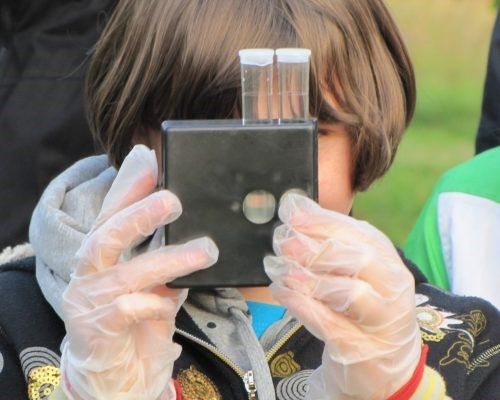Creek Rákos
‘Rákos-patak civil tudomány projekt’ or ‘Creek Rákos Citizen Science project’ explores the set-up and impact of hands-on citizen science activities along Creek Rákos. The citizen science activities being conducted along Creek Rákos can be split into three groups:
- Indicator species: Activities related to monitoring indicator species tell us about the status of the ecosystem in the riparian zone (the land alongside the river banks).
- Habitat mapping and naturalness assessment: Citizen-science habitat mapping and assessments and naturalness provide a comprehensive overview and understanding of the riparian areas of the creek that are subject to potential restoration.
- Water quality measurements: Water quality is a key ignition point for the implementation of the nature-based solutions in the creek, because this is the major objective of the Water Framework Directive (WFD). Citizen scientists are regularly monitoring several physical, chemical and biological parameters. The measurements are taken in conjunction with monitoring activities of statutory agencies and provide a broader understanding of water quality in the creek.
‘Creek Rákos Citizen Science project’ is being carried out by Geonardo Environmental Technologies in cooperation with the local NGO, ZÖLD XVII Egyesület and the Hungarian Biodiversity Research Society. This is a unique case of collaboration between a local sustinability NGO and a country-wide operating NGO.
Interested in learning more?
Check out the ongoing and past activities of ‘Creek Rákos Citizen Science project’ on the website of the ZÖLD XVII Egyesület (in Hungarian; for an English version, we recommend using an online translator tool).
The data collected so far in the project is available here: http://zoldxvii.hu/rakos-patak-civil-tudomany-projekt-eredmenyek/
Regular updates on the citizen science activities are posted on Facebook [https://www.facebook.com/zoldxvii].
If you’re interested to get involved or want more information you can get in touch with the project organiser: This email address is being protected from spambots. You need JavaScript enabled to view it.
Recent activities

Black woodpecker monitoring

Mantis monitroing

Habitat mapping

Water quality monitoring
Local context
Creek Rákos is the largest tributary of the Danube near Budapest and it has been heavily regulated and modified over the last 50 years. Over the last few years, water quality has improved as the upstream sewage treatment facilities were modernized, but elevated pollutant load and river conditions remain, impacting ecosystem services.
Nature-based solution
The ultimate goal of the local citizen-science projects is to facilitate the ecological restoration of the creek. The idea of restoration or ‘revitalization’ of Creek Rákos began in the early 90s and has been discussed repeatedly, however so far only initial concept diagrams have been produced. The revitalization plans of Creek Rákos aim to improve the connectivity of the river, wetlands and groundwater, to increase water retention and biodiversity in both the urbanized watershed and along the valley. The citizen-science activities in this case study aim to identify sites for river restoration and raise awareness of the ecology of the creek.
Co-design
In the case study we follow the Ground Truth 2.0 co-design methodology light (MICS deliverable D4.6, based on Wehn and Pfeiffer, 2020) to guide the development and set up of citizen-science activities. Four co-design workshops were held with various stakeholders interested in the Creek. From these workshops different environmental aspects were prioritised for monitoring:
- Mapping of typical indicators species along the Creek Rákos, including: Bats, (Praying) mantis and grasshoppers (specifically, Acrida ungarica), Amphibians, Black woodpecker;
- Habitat mapping and naturalness measurements;
- Water quality monitoring for physical, chemical and biological factors.
Citizen-science activities were formulated within the co-design workshop groups with the assistance of expert advisors. All of the citizen-science activities started with an introduction and training for the methodology the citizen scientists will use.